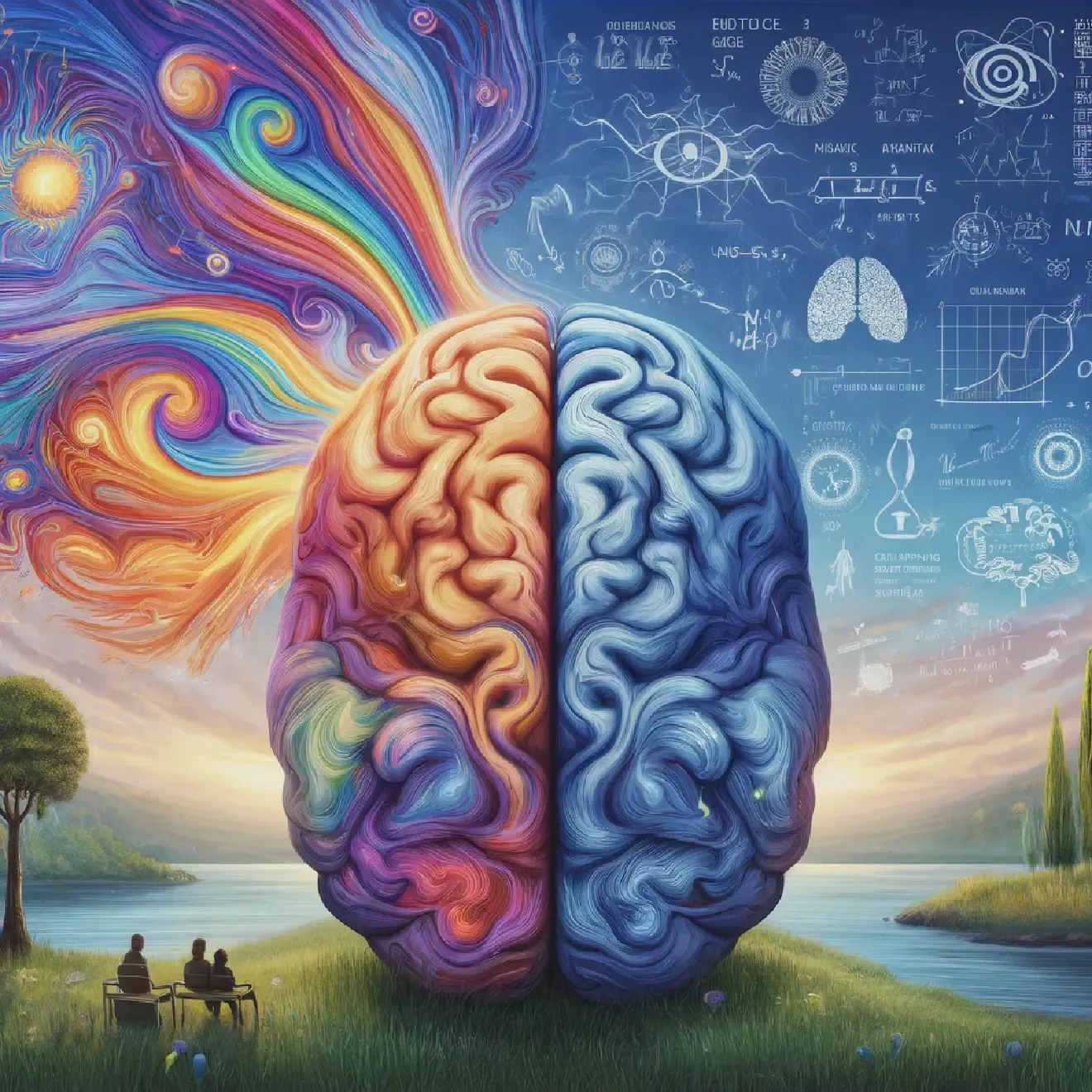Ever wonder how our brains think?
How Do Our Brains Think?

Have you ever wondered why you make confident decisions or how your mind works in mysterious ways? Daniel Kahneman’s “Thinking, Fast and Slow“ compares the dual systems of thought that drive our decisions and behavior.
Several influencers have cited this book over the last few months (e.g., Maya Akim). My initial thoughts were:
- For a book published in 2011, it’s still getting a lot of attention!
- This deserves a read
- I should write a short review =)
By the end of this article, you’ll deeply understand Kahneman’s insights and how they can transform your perspective on thinking and decision-making.
Background
Published in 2011, “Thinking, Fast and Slow“ by Daniel Kahneman, a Nobel laureate in Economics, is a groundbreaking exploration of the human mind. The book elucidates the two systems that control our thoughts:
- System 1, which is fast, intuitive, and emotional, and
- System 2, which is slower, more deliberative, and logical.
Kahneman’s extensive research and compelling examples reveal the complexities of our thought processes and how they influence our actions.
Key Concepts

- System 1 and System 2:
- System 1: This is our automatic, quick-thinking system. It operates effortlessly and swiftly, relying on intuition and gut feelings. For example, recognizing a familiar face in a crowd happens almost instantly due to System 1.
- System 2: This is our analytical, slow-thinking system. It requires effort and concentration and is used for more complex and reasoned decision-making, like solving a math problem.
2. Heuristics and Biases:
- Kahneman introduces various cognitive biases and heuristics, such as the Availability Heuristic (judging the likelihood of events based on their availability in memory) and the Anchoring Effect (relying heavily on the first piece of information encountered).
3. Prospect Theory:
- A cornerstone of Kahneman’s work, Prospect Theory explains how people choose between probabilistic alternatives and how they perceive gains and losses. This theory challenges the traditional economic assumption that humans are rational actors.
4. Loss Aversion:
- One of the most significant biases discussed is loss aversion, which suggests that losses have a more substantial emotional impact than an equivalent amount of gains. This explains why people are often more motivated to avoid losses than to achieve profits.
- Overconfidence:
- Kahneman explores how overconfidence in our knowledge and abilities can lead to flawed decisions. This bias often results in overestimating our predictive abilities and underestimating risks.
AI and System 2 Thinking

While large language models (LLMs) like AI are excellent at mimicking System 1 thinking, intuitive responses struggle with System 2’s slower, more deliberative processes. However, there are ways to guide AI to emulate System 2 thinking more closely:
- Structured Prompts: Asking the AI to outline steps, provide detailed explanations, or simulate critical thinking can prompt more deliberate responses.
- Iterative Queries: Breaking complex questions into simpler parts and engaging in a back-and-forth can lead to more thoughtful answers.
- Verification and Cross-Referencing: Encouraging the AI to verify information against multiple sources or rephrase answers can enhance accuracy and depth.
Using these techniques, users can leverage AI’s capabilities to produce more reasoned and analytical outputs, akin to System 2 thinking.
“Thinking, Fast and Slow” has profound implications across various fields, including economics, psychology, business, and personal decision-making. By understanding the dual systems of thought, readers can better navigate their biases and make more informed choices. The book also provides practical advice for improving decision-making processes, such as:
- Questioning Intuition: Recognize when System 1 dominates and engage System 2 for more critical thinking.
- Reducing Biases: Be aware of common biases and take steps to mitigate their influence on decisions.
- Improving Judgments: Utilize structured methods to enhance the accuracy of judgments and predictions.
My “System 2” Recap

“Thinking, Fast and Slow“ is a must-read for anyone interested in human thought and decision-making intricacies. Daniel Kahneman’s insights illuminate the inner workings of our minds and offer practical tools for enhancing our decision-making skills. Whether you are a student, professional, or simply curious about how your mind operates, this book provides invaluable knowledge and understanding.
Ready to transform how you think and make decisions? Dive into “ Thinking, Fast and Slow “ and discover the fascinating dynamics of your mind. Don’t just read it-apply its lessons to experience a profound change in your cognitive processes and decision-making abilities.
Compliance, Guidelines, and Acknowledgements

- Affiliate Disclosure: As a participant in the Amazon Affiliate Program, I earn from qualifying purchases made through links provided in this content. This means if you click on a link and make a qualifying purchase, I may receive a commission at no additional cost to you. Thank you for supporting my work and allowing me to bring you valuable insights!






